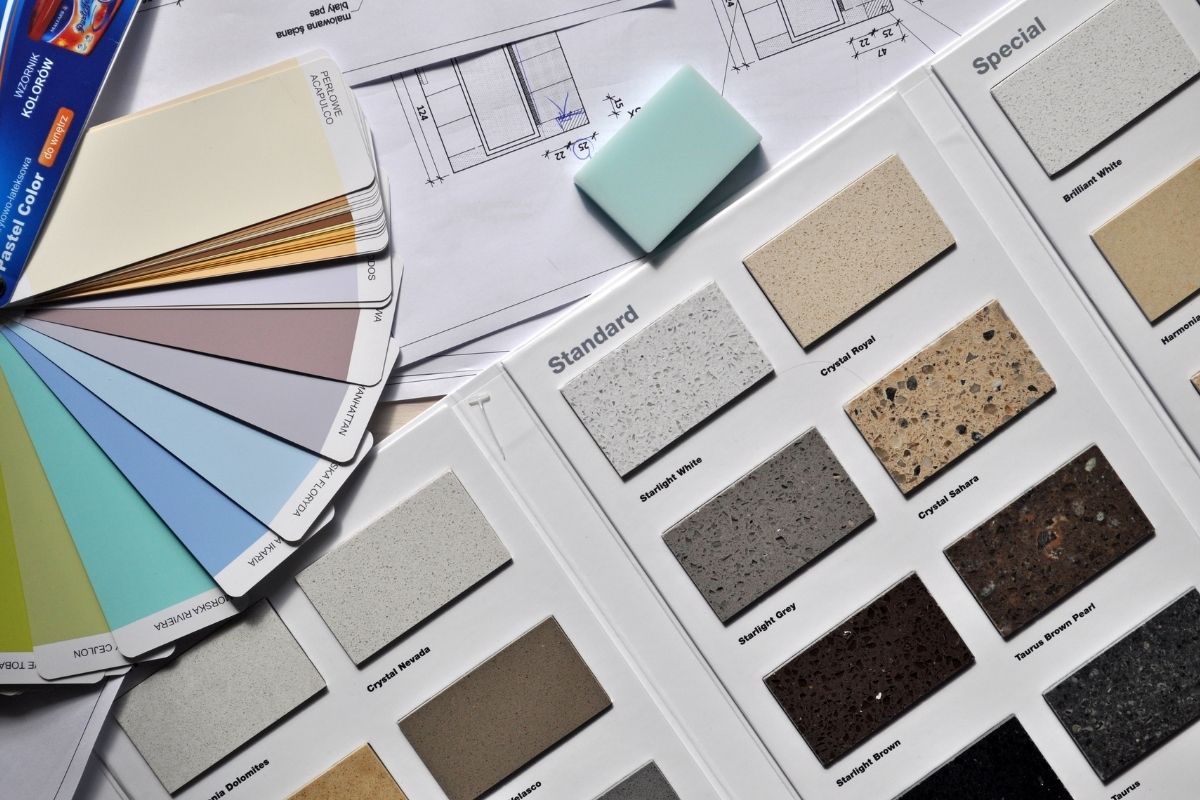Online UX Design Education and the Visual Design World
There’s visual design in the corporate world, so you’re probably entering a space where there is branding and a design system has already been created. So your job would be to understand that system, whether it’s UI or UX design, and make sure you’re aligned with it. This might be a little bit different from creating a visual design system from scratch.
If you were thinking about creating a visual design system from scratch, then you still would want to consider the brand and how it wants to be perceived. For example, if you know there are three adjectives that the brand wants to express, you might choose different colors. You might choose different typography. You might lay out your page in a different way if your company wanted to be playful.
If your company wanted to be more professional, then you might also pick a different grid structure. You might pick typography that leans a little bit more toward sans serif. All those visual choices are going to express your company’s brand in a certain way.
But then, there are also visual design choices that should follow more universal principles. This is more of a personal taste, but I do always want to make sure that when I see a well-designed page, I know what the primary actions on that page are. And it should be the most highly contrasted item on that page because all my attention will be drawn to this particular button, for example.
There are some basics to UX or UI design that you should adhere to and some personal principles that you’ll develop over time, but that’s how I would explain it.
